Nothing is Lost: Three artists, three artforms, one city, a shared sensibility. Alison Irvine, Chris Leslie and Mitch Miller set out to document the East End before, during and after the Commonwealth Games. Glasgow’s East End is one of the most impoverished areas in Europe. The Games brought a promised legacy of change and regrowth, of rebuilding, economic and cultural investment – of a new East End, where gap sites were filled and populations returned.
The three artists met market traders, travelling showpeople, playworkers, community activists, cafe owners and local children. They gathered stories and sought out images from the places changed by the Games, those largely untouched, and those left behind. Are things better for the East End? Nothing is Lost offers a way for the reader to work out the truth of the post-Commonwealth city for themselves, through words, photographs and dialectograms.
Chris Leslie’s photographs chronicle Glasgow’s changing fabric. His beautiful, yet unflinchingly stark photographs document the breaking and remaking of the city, its broken bones, lost relics, inconvenient remnants.
Mitch Miller makes dialectograms, illustrations as idiosyncratic as the word suggests, the edges of the city drawn from on high, but as those at ground level see and live it – an intricate, entangled and glorious mess – place as something made up as we go along.
Alison Irvine provides the words. Alison is a novelist who weaves stories from intensive research. She teases out stories, testimonies, moments, follows networks of friends, relatives and acquaintances. In her spare but textured prose the characters speak in select, but eloquent voices that speak from, and of the place itself. Alison explains the trio’s work process below.
In a recent email, prospecting for work, I wrote of our collective:
Our skills lie in unearthing little-known or untold stories about Glasgow the city and its people, and our strengths lie in the fact that we interpret our research in a variety of artistic forms giving a rich, comprehensive and multilayered view of our subjects.
I think that’s a good formal summing up of us: me, the writer; Chris the photographer and filmmaker; and Mitch the illustrator and maker of dialectograms.
An informal summing-up would include the fact that we all benefit from the shared experience, both artistically and socially. We share ideas, hunches, tip-offs, photographs, interview transcripts, anxieties, moans, coffees, shandies. We share family, friends, contacts – anyone who could contribute to our project. And we share the impending deadline which when you’re working with others you could potentially let down if you don’t do your bit, is a massive motivator. Because ultimately, after all the research, it’s just each of us on our own, getting our ideas down and making our work.
In this project we all came with some ideas which we pursued together – we interviewed Gary Barton of the Barras and Schipka Pass fame together, for example – and then we followed the interview up individually, exploring our own narratives and angles.
I liked being at Baltic Street Adventure Playpark, Dalmarnock, and chatting with kids and their families, seeing Mitch with his sketch pad, Chris with his camera, and knowing that we three with our different disciplines were attempting to capture the essence of the play park for the same artistic end. ‘More bloody artists than weans,’ I remember Mitch saying at one point, but the kids didn’t seem to mind.
It’s a sociable way to work and also an expansive one. It stops the ideas from drying up, it makes me think bigger, and respond to the questions that the others ask. We by no means agree on everything and our work definitely has our own experiences stamped on it – personal and political – but I hope that there is also a collective sensibility, some kind of coherence that ultimately ties it all together.
The story they tell takes us from the glamour of the Barrowland Ballroom to the hidden communities caught in the crossfire of major regeneration. It taps into the hopes, fears and dreams of East End youth and the fading memory of demolished districts and East End entrepreneurs. We meet Games volunteers and visit the Adventure Playground built by Assemble Architecture in sight of the new Athlete’s Village in Dalmarnock. We find an East End of many faces, and many possible futures.
Take a look at the limited edition (only 500 printed) box set of 3 books and 2 fold out dialectograms from Nothing is Lost here. Mitch Miller will be exhibiting and selling the books throughout his PhD show SOCIAL MATERIAL: Encountering the Dialectogram at Project Space 2, Art School Union, The Glasgow School of Art from 5-8 September 2015 (preview 6pm, 4 September 2015).
Read more from Chris Leslie and Mitch Miller on Central Station.
More: Website | Facebook | Twitter
//////
Looking for more blogs? Visit here.


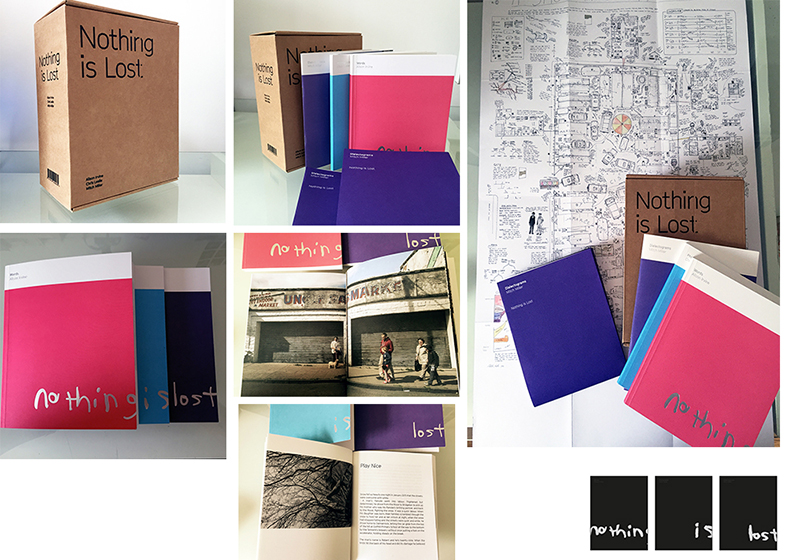
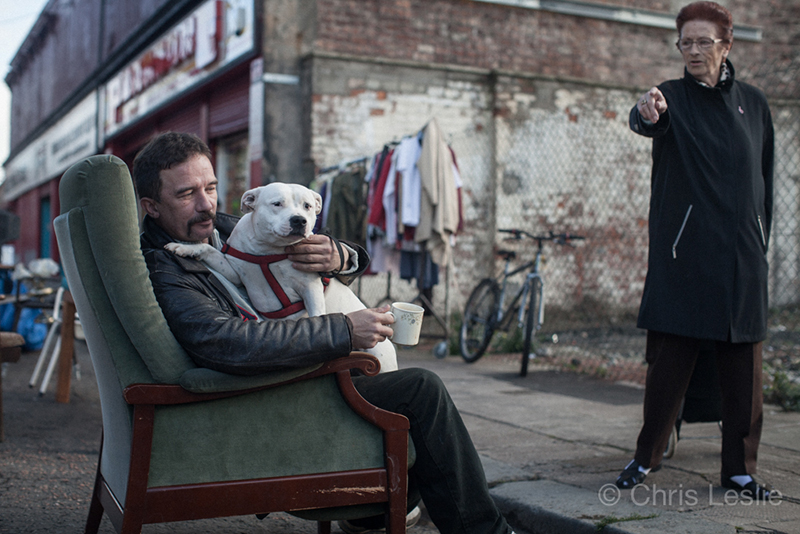
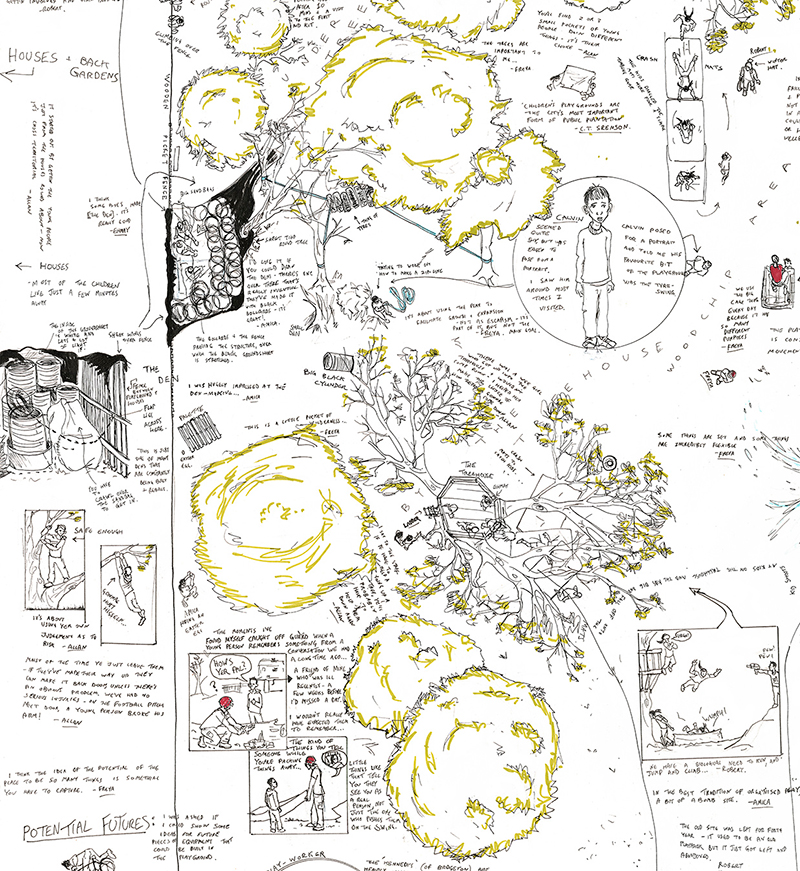
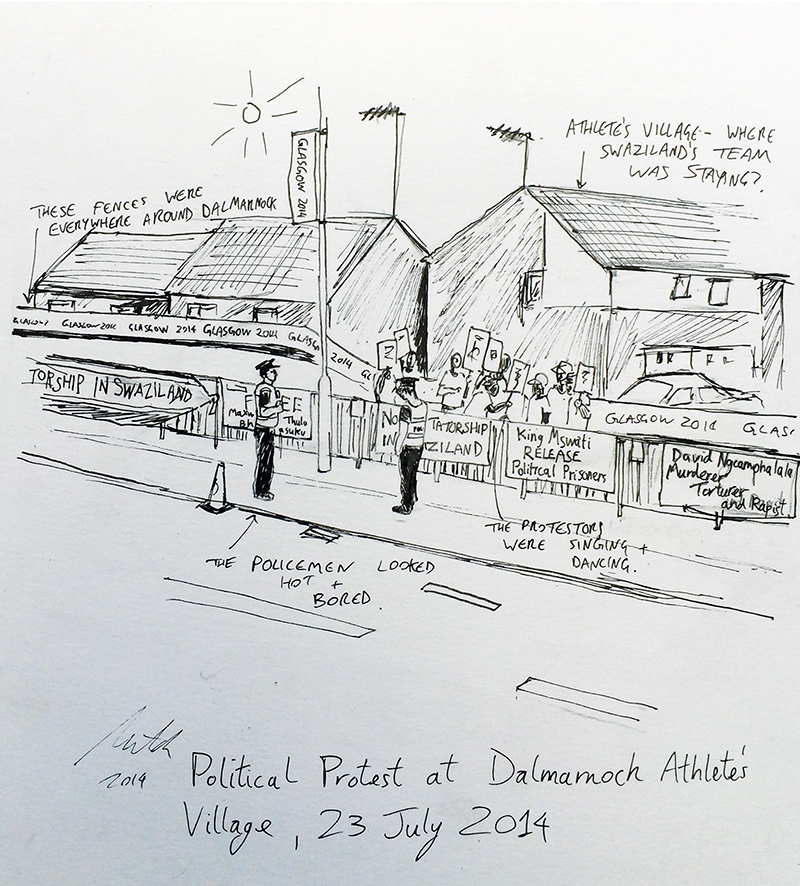
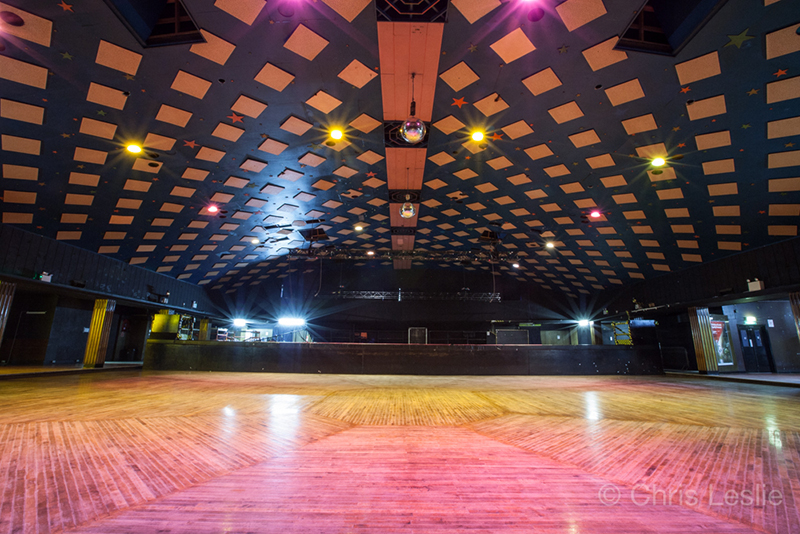
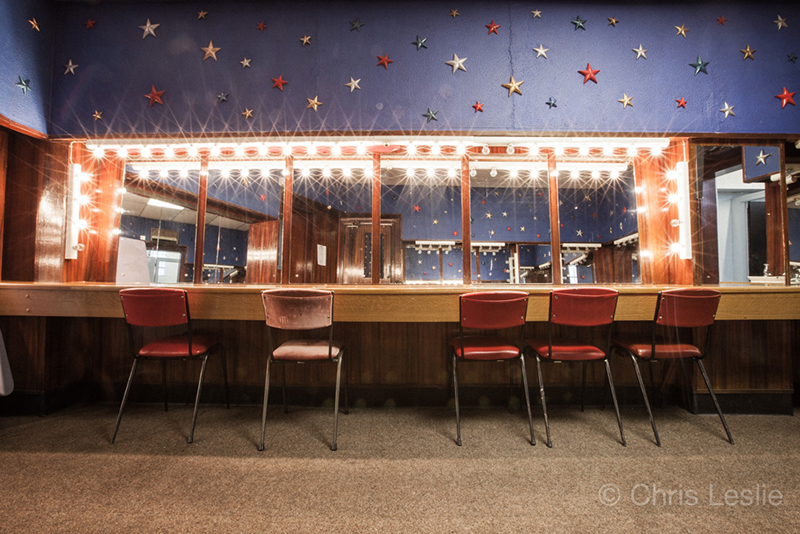
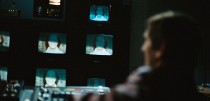











Comments